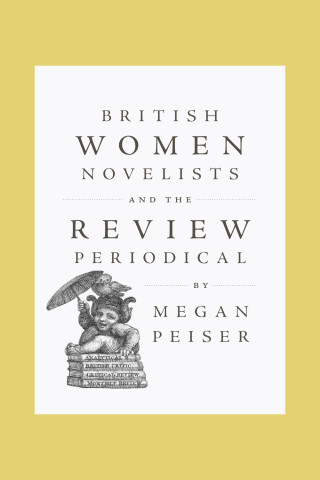
Reviews
British Women Novelists and the Review Periodical is a timely and necessary study of what Peiser calls the 'literary system of book reviewing.' Through meticulous research, Peiser establishes the central importance of the literary review and reviewing culture to the history of the novel and women's dominance within its eighteenth-century rise.
Megan Peiser's meticulously researched and pathbreaking book offers the first sustained account of the 'system' of book reviewing in the Romantic period, how women writers navigated that system and how the system has played us. Its impassioned arguments for new ways of (un)doing literary history are exciting and timely.
This insightful, innovative study of women novelists navigating the eighteenth-century literary marketplace documents and analyzes the role review periodicals played in creating that environment. Introducing the Novel's Reviewed Database, Peiser's work offers a vigorous challenge to scholars to continue to revisit and revision the literary past.
Book Details
Contents
Acknowledgements
Introduction
1. Reading the Review Periodical in Eighteenth-Century England
2. A Dialogue in Print: Reviews and Novel Prefaces
3. The Rise and Fall of Charlotte Smith, Novelist
4
Contents
Acknowledgements
Introduction
1. Reading the Review Periodical in Eighteenth-Century England
2. A Dialogue in Print: Reviews and Novel Prefaces
3. The Rise and Fall of Charlotte Smith, Novelist
4. A Study in 55 Novels: Data Trouble, and Resistant Narratives in the Novel's History
Conclusion
Appendix A
Appendix B
Notes
Index





